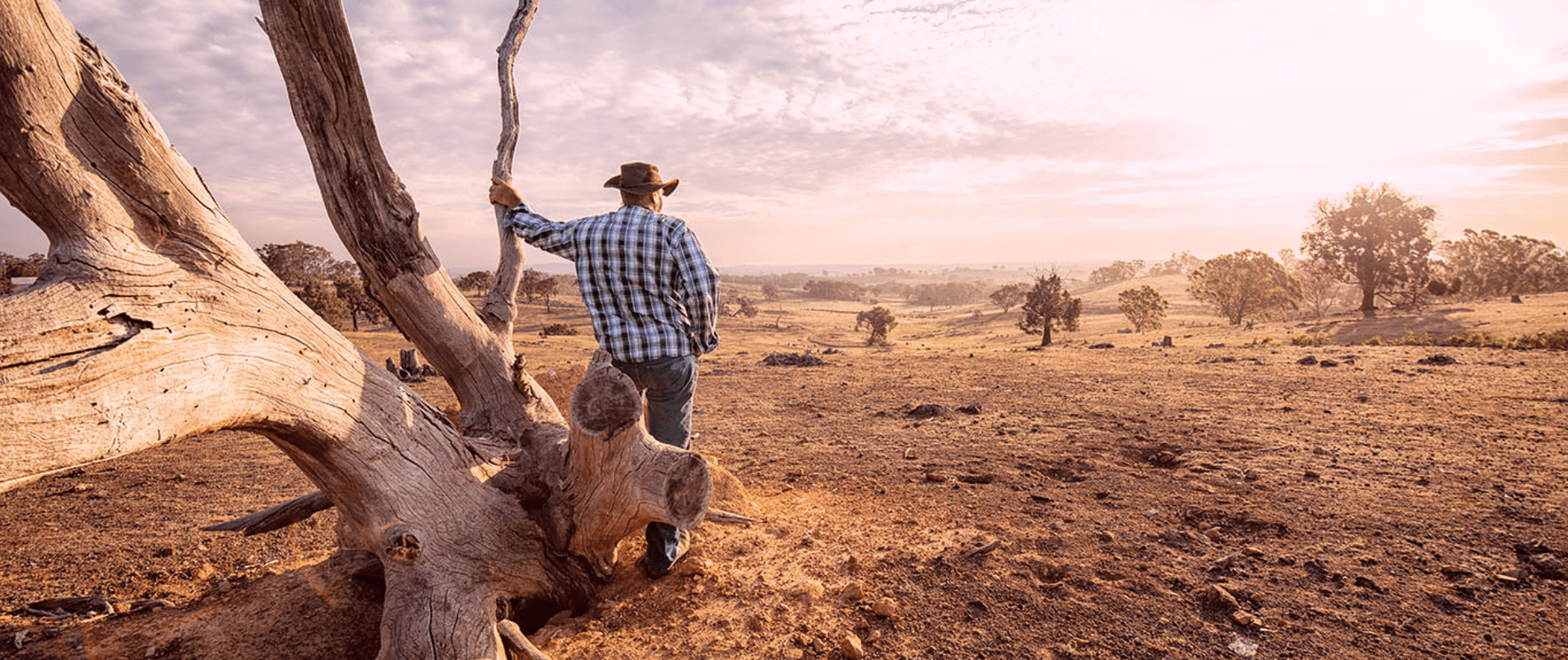In the coming 50 years, climate change will be one of the most significant problems facing Australian agriculture, with forecasts predicting increasing temperatures and decreasing rainfall. It is vital that the agriculture industry adapts to these changes. While some adaptation is happening, far more needs to be done.
The ABARES Outlook 2021 conference outlined two predictive scenarios for how climate change may affect the agriculture industry. One was a scenario in which emissions are reduced, and the other where emissions continue to increase. Whilst both scenarios predicted increases in summer temperatures and decreases in winter rainfall, the high emissions scenario was far more severe, predicting an increase in temperature of 2 degrees Celsius, a 30% decrease in winter rainfall and an 11% to 50% decrease in average farm profits by 2050.
However, these scenarios do not outline how agriculture as a whole can adapt to the challenges of climate change. The dire predictions of these scenarios highlight just how important it is that agriculture evolves to address the impacts of climate change head on. This evolution could take a variety of forms but can be mostly generalised to implementing new strategies and adopting new technologies. For example, ABARES predicts that shifting away from cropping to more drought resistant activities such as livestock farming and feed lotting will mitigate potential impacts of climate change. Additionally, adopting simple new technologies such as sensors and monitors to better supervise water use, animal welfare and soil conservation will help tackle climate change related issues. More transformative change is also possible, with activities such as biodiversity conservation and greater investment in renewable energy serving as longer term options.
Some of these practices are already being adopted by both small and large scale producers. ABARES reports that technologies such as water pressure sensors are helping farmers better manage irrigation efficiency, while temperature and humidity sensors are enabling more effective livestock grazing management. Meanwhile, other more innovative solutions such as enhancing the drought resistance of staple crops through genetic modifications are in development.
As the scenarios from ABARES indicate, climate will have a dramatic impact on Australian agriculture in the coming decades. While the worst case scenario predicted is bleak, it is not inevitable. Technologies exist and are in development which can radically improve productivity and sustainability in Australian agriculture, helping to ensure future food security and maybe even slow the march of climate change.
